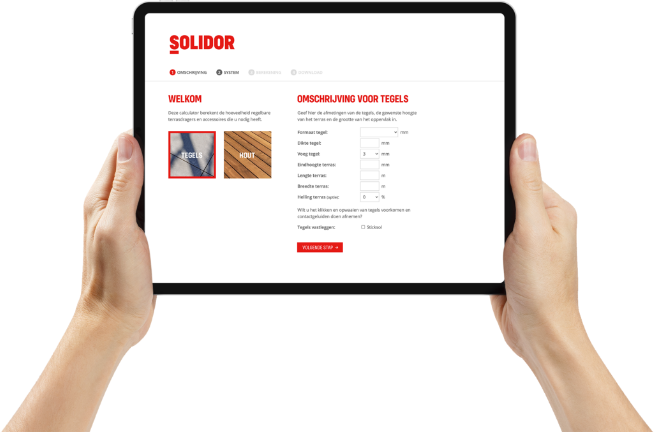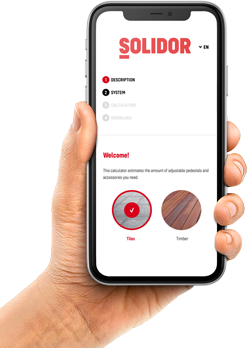How can you avoid wind uplift on tiles with adjustable pedestals?
We are used to hearing about stormy weather in these times. For example, we have already had to deal with two storms, Eunice and Franklin in these past few days. But how can SOLIDOR help to prevent wind uplift on tiles in stormy weather?

Tiles are almost always placed loosely on adjustable pedestals. This makes it easier to carry out repairs, hide electricity cables, and so on. There are no standards yet regarding installation on adjustable pedestals.
However, it is important to take into account that a terrace can also be subject to wind uplift (e.g. terraces located on the coast or near extensive plains without vegetation). Depending on the shape of the building and the tile, a tile may fly up due to the suction effect on the terrace. For this, you would have to have the wind stability of the tiles checked by a consulting firm.
| Sticksol - self-adhesive top plate |

Two years ago, SOLIDOR designed the self-adhesive top plate to solve this problem. This patented self-adhesive top plate was given the name Sticksol and has been extensively tested in Voxdale’s wind tunnel at wind speeds up to 10 on the Beaufort scale. This top plate can be used over the entire surface of the terrace, but serves mainly as a solution for tiles that undergo a lot of passage. If the Sticksol top plate is also used along the exterior side of the terrace, this gives the entire terrace extra stability and sturdiness.



